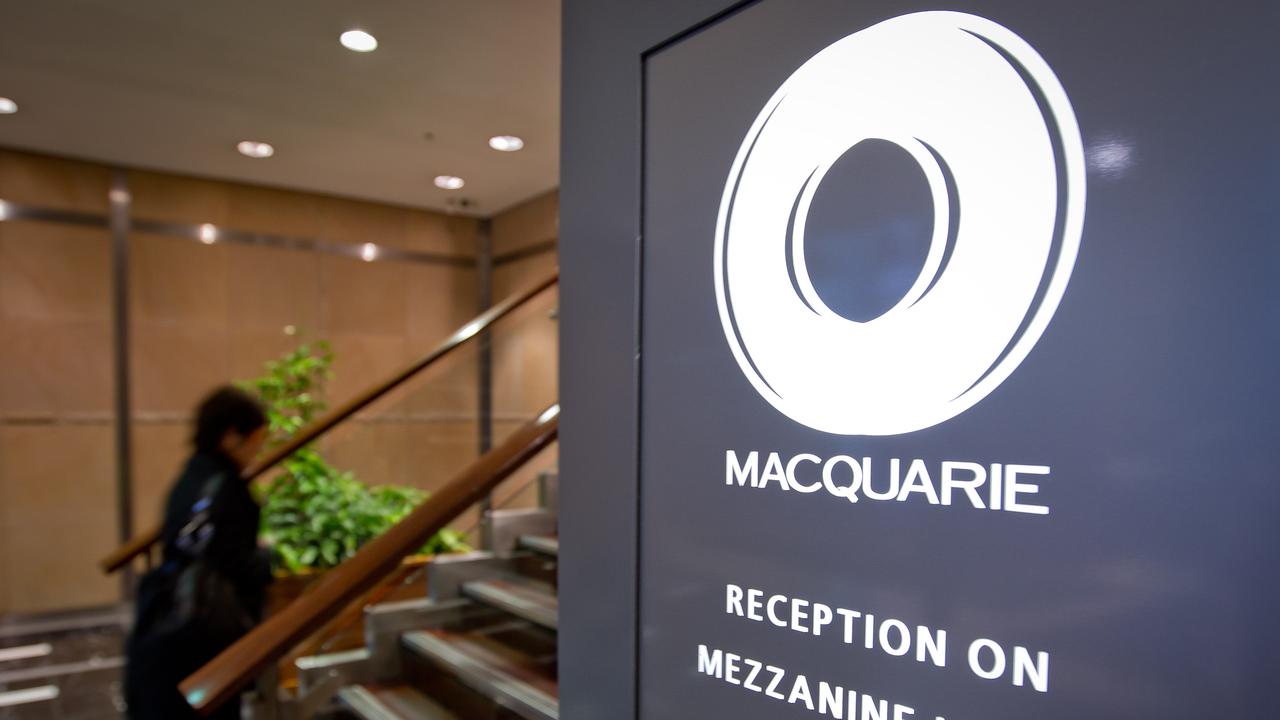
Most of the Australian growth stocks are buried in the middle-ranking companies. A decade ago the top of the Australian share market was a much more exciting space with a greater number of growth stocks among our top companies.
It was somewhat tragic this week when it became clear that Australian institutions questioning CSL managing director Paul Perreault did not understand what questions you should ask when evaluating a growth stock. It frustrated the CSL chief.
Fortunately Australian savers have recognised the shortcomings of our institutional analysts and many have switched their savings to self-managed funds and so, not surprisingly, the number of CSL retail investors has risen from around 100,00 to 130,000 over the last five years.
Before looking at the unique attributes of CSL and why it is one of the highest priced major drug company stocks in the world, it is instructive to look at the other 19 companies on the ASX top 20 list.
Six of the stocks, including Suncorp, are banks — no other developed country market in the world has allowed that to happen.
A decade ago they were growing strongly and they had invested in financial planning and insurance, which would further propel them forward. Unfortunately they did not have the management skills to capture the financial planning and insurance opportunities and it dragged them back. Banking itself is no longer a growth business but rather it’s about reducing costs via technology and avoiding the related catastrophes that the Commonwealth Bank now faces.
It is possible that one of the big four banks will work out how to convert their remarkable customer data bases into growth but there are few signs of it and banks distribute far too much of their earnings in dividends to propel growth. And shareholders have come to depend on those distributions.
There are five resource stocks in the top 20 — BHP, Rio Tinto, Woodside, Newcrest and Fortescue.
BHP, which is expanding its Chile copper mine and has major prospects in the Gulf of Mexico, now has a growth-oriented dividend policy and would argue that it should go back on the growth company list. Indeed on a market capitalisation basis it looks like moving from the fifth largest company after the four big banks to the third largest. It dreams that one day it will gain a market capitalisation greater than CBA and Westpac and regain its top spot. But in the end its returns depend on the price of its commodity products, which are very variable. That applies to the other four resource stocks in the top 20.
Transurban would also argue that it is a growth stock given its rising dividends. But it’s an infrastructure stock and in part its share price varies with bond prices in a similar way to the way resource companies move with commodities. But it does have a lot of new projects. Wesfarmers, Woolworths and Scentre are in the retail business, which can no longer be regarded as a growth sector.
The same could be said for Amcor (packaging), AGL (energy) and QBE insurance. It might be possible for AGL to develop a growth strategy given its customer base and network but energy stocks have become political, which is not conducive to growth.
Finally we have Telstra, which has taken the first step towards a growth strategy by reducing its dividend. And it has been hammered in the market. Given the swing to internet communication Telstra has huge growth opportunities in medicine, education and other areas, but it gets bogged in mobile phone wars and the NBN morass. One day …
Now to CSL. In my view Australia’s two best CEOs of the past 60 years are Ian McLennan at BHP, who took the company into grassroots oil and iron ore, and CSL’s Brian McNamee, who took a company with a small Broadmeadows plasma plant into the world’s leading plasma company.
McNamee understood what few other Australian CEOs understand — focused research and development is the key to growth even though it takes a decade or more to produce results. And just as important, both McLennan and McNamee handed the reigns to successors who could take the growth strategy to the next stage. McNamee’s replacement, Paul Perreault, is basking in the array of new products that have stemmed from McNamee’s research investment a decade ago. Those products extend beyond plasma-based products but Perreault is now rapidly increasing CSL’s plasma collection in the US because the expansion of the global market and CSL’s new plasma products will create increased demand. That’s a key attribute of a growth stock.
CSL is helped because its international rivals took wrong turns.
But Perreault has further increased CSL’s investment in research so that his successor will enjoy the same array of new products that was handed to him by McNamee. And Perreault has taken CSL into China. CSL will pour gradually increasing sums into China but it will take a decade for it to pay off. After a few years the institutions will tire of the long-term nature of the China play but Perreault is strong enough to tell them to jump. And when it comes time for him to retire his successor will need to be equally as strong. The retail shareholders bought into CSL for growth and understand the game better than most Australian institutions.
But the price of buying shares in growth in today’s market is high and CSL’s shares are priced in the vicinity of 30 times projected earnings. If anything goes wrong and the growth rate slows significantly for long-term reasons then the stock will be hammered.
Finally while we can bemoan the lack of growth stocks on our top 20, when we look at the Dow index of US shares most of the momentum has come from Amazon, Google, Facebook and Microsoft. They now dominate the index. The Dow is no longer a diversified investment play.






As the results for 2017-18 roll through the market, it is clear that the top 20 Australian listed companies now include only one traditional industrial growth stock — CSL.